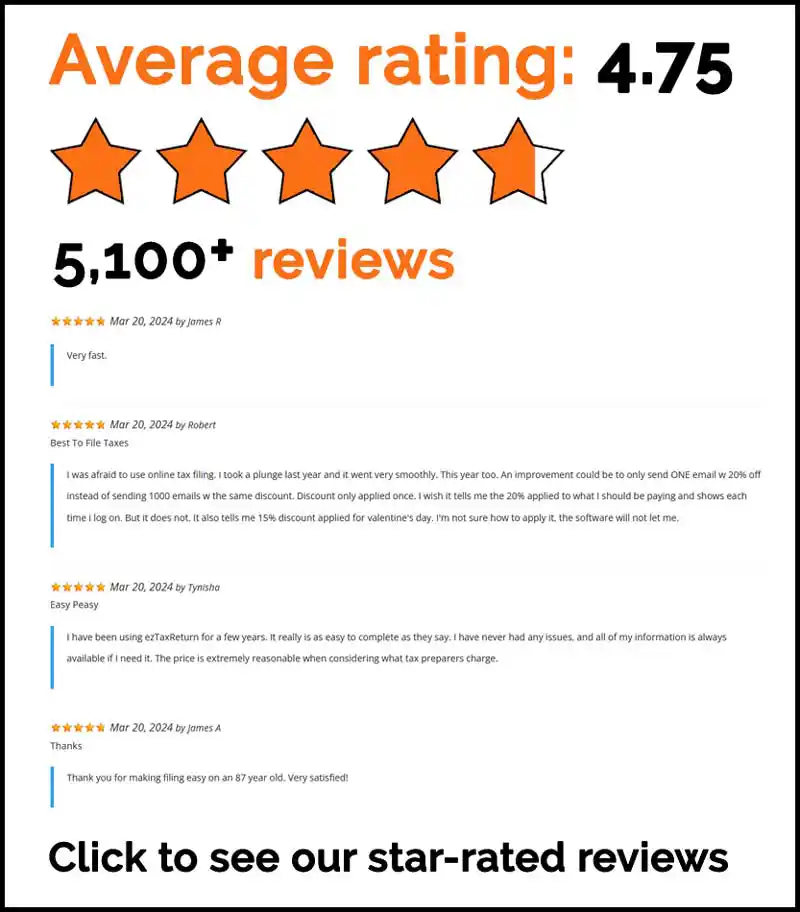The information in this article is up to date for tax year 2023 (returns filed in 2024).
College sports is a multibillion dollar industry. However, until recently, college athletes were not allowed to monetize their name, image or likeness (NIL). Then, in 2021, the U.S. Supreme Court overruled that standard. Today, student athletes can now benefit financially from their NIL—and that income is taxable.
Here’s what you need to know about NIL rights and their tax implications.
What is Name, Image, and Likeness income?
Name, Image, and Likeness (NIL) is the use of a student-athlete’s name, image or likeness through marketing and promotional activities. Student-athletes can now earn income derived from those activities and are required to pay applicable taxes.
What kind of NIL activities can you earn money from?
NIL activities you can earn income from include:
- Signing autographs
- Monetizing social media accounts
- Teaching camps or lessons
- Participating in advertising campaigns
- Sponsorships and endorsements
- Gifts and giveaways
- Licensing via non-fungible tokens (NFTs)
- Exhibitions
- Guest appearances
Keep in mind that any money, goods, or property earned through NIL activities is considered taxable income and should be reported to the IRS. This includes non-cash benefits and compensation.
How are NIL earnings taxed?
NIL income is taxable income—but how it is taxed will depend on the student-athlete’s employment status and whether they can be claimed as a dependent on their parents’ tax return.
Student-athletes that file their own returns will have to pay federal tax if they earn more than $13,850 (for single filers) in 2023, since that is the standard deduction for tax year 2023. And all athletes that make at least $400 in NIL activities will have to fill out a tax return to report and pay their self-employment taxes.
Here’s how to report NIL income to the IRS.
1. Determine your employment status.
Student-athletes should determine upfront whether they will be considered an employee or independent contractor before accepting NIL money. Employment status will determine how you report and file your tax return.
In most cases, student-athletes will be considered independent contractors and NIL activities will be taxed as self-employed income.
- Independent contractors: Complete Form W-9, Request for Taxpayer Identification Number and Certification.
- Employees: Complete Form W-4, Employee Withholding Certificate.
Read more: Freelance Taxes 101: A Guide to Paying Taxes When You’re Self-Employed
2. Document and track all NIL income and expenses.
All NIL activities that generate income should be carefully recorded for tax purposes. Note both income as well as any expenses incurred to generate that income. If the income exceeds $600, you should receive a Form 1099 from the client(s) paying you.
3. Determine your taxable income.
File a Schedule C, Profit or Loss from Business and a Schedule E, Supplemental Income and Loss, with Form 1040 to determine taxable income for the year.
Depending on income, filing status, and qualifying situations, student-athletes and/or their parents may be eligible for certain tax credits and deductions, such as the Earned Income Tax Credit and American Opportunity Tax Credit.
Keep in mind that if you are providing more than half of your own support, your parents will not be able to claim you as a dependent on their tax return. However, even if your parents can claim you as a dependent, if they are not eligible for tax credits like the American Opportunity Tax Credit due to their income, it may be better to file your own taxes so you can claim those benefits.
4. Calculate and pay estimated quarterly payments on taxable income.
Since most NIL income will be earned as self-employment income, student-athletes will be required to calculate and pay estimated quarterly taxes throughout the year.
Estimated payments cover FICA taxes (Social Security and Medicare taxes) for those who are self-employed. If your income is under $1,000 for the year, you won’t be required to pay quarterly taxes.
The NIL rules continue to evolve and policies can vary from state to state. But don’t worry about keeping it all straight this tax season. ezTaxReturn will help you navigate your NIL tax obligations and ensure you get the biggest refund possible.
Get started today.
The articles and content published on this blog are provided for informational purposes only. The information presented is not intended to be, and should not be taken as, legal, financial, or professional advice. Readers are advised to seek appropriate professional guidance and conduct their own due diligence before making any decisions based on the information provided.




